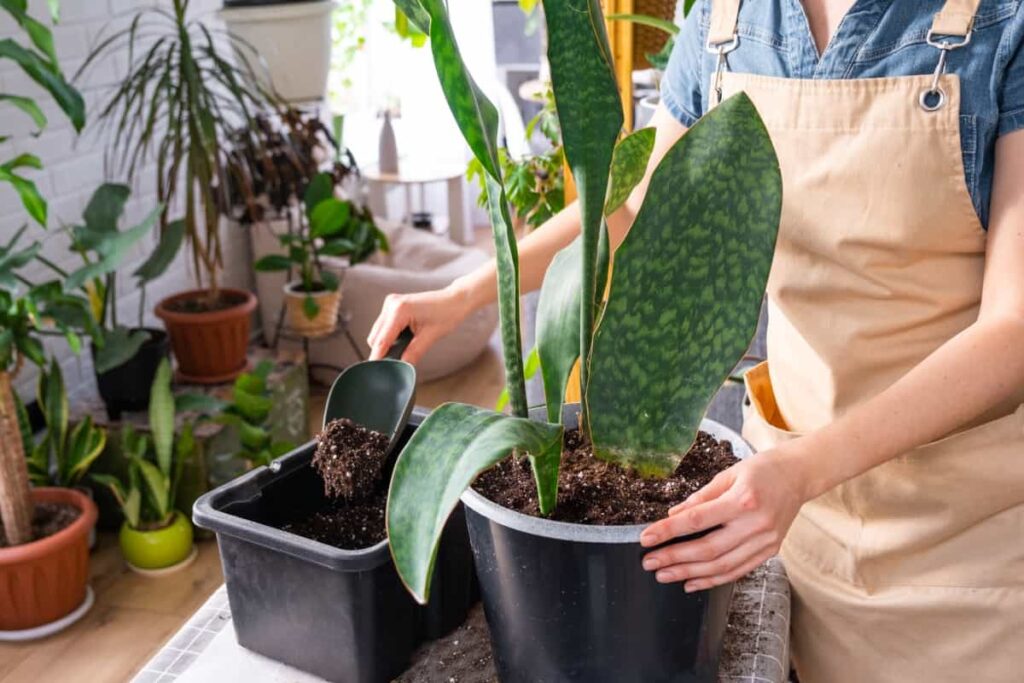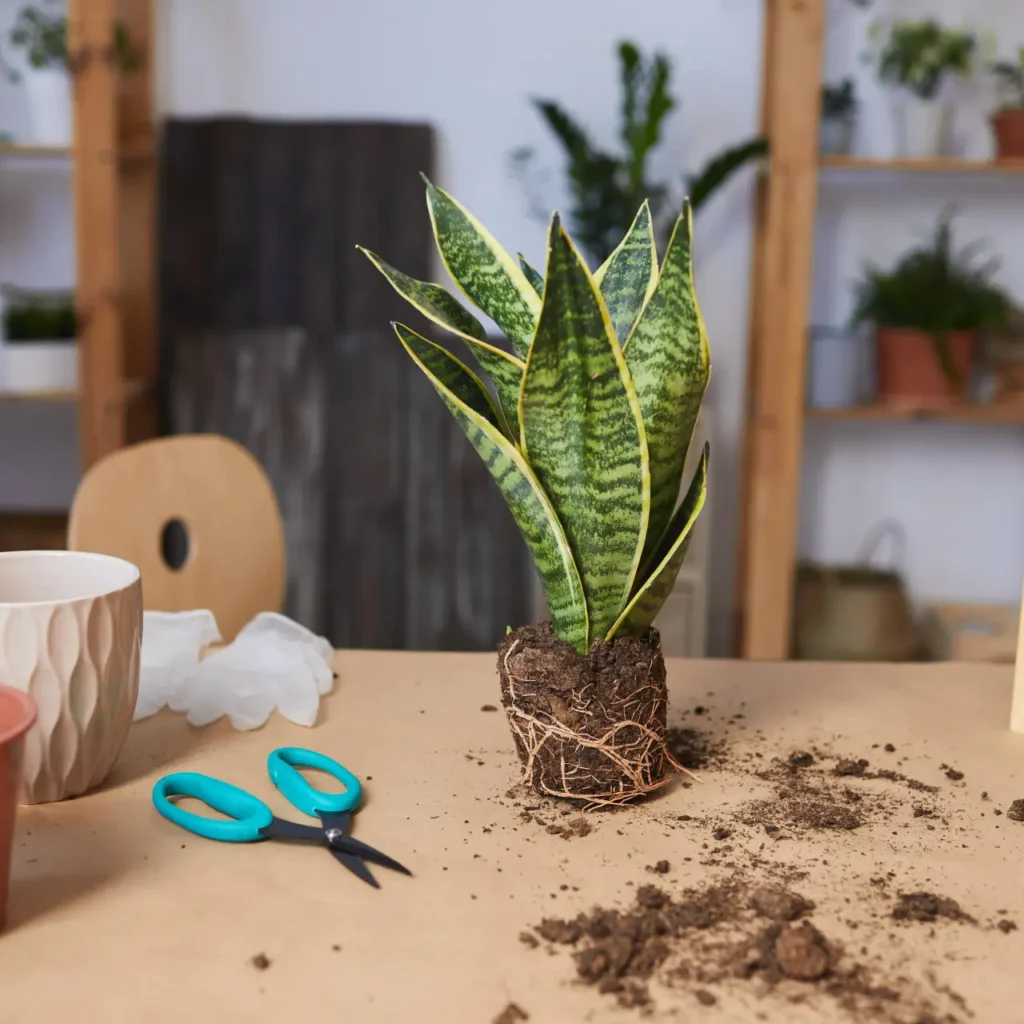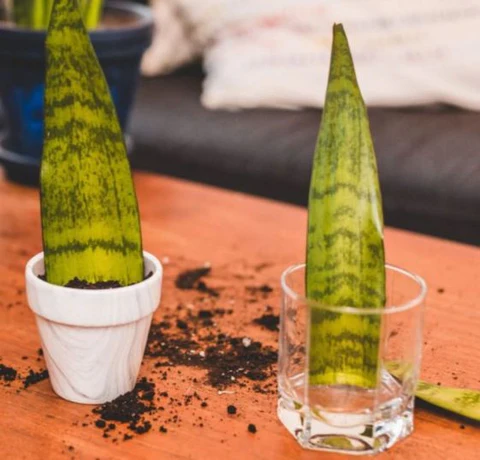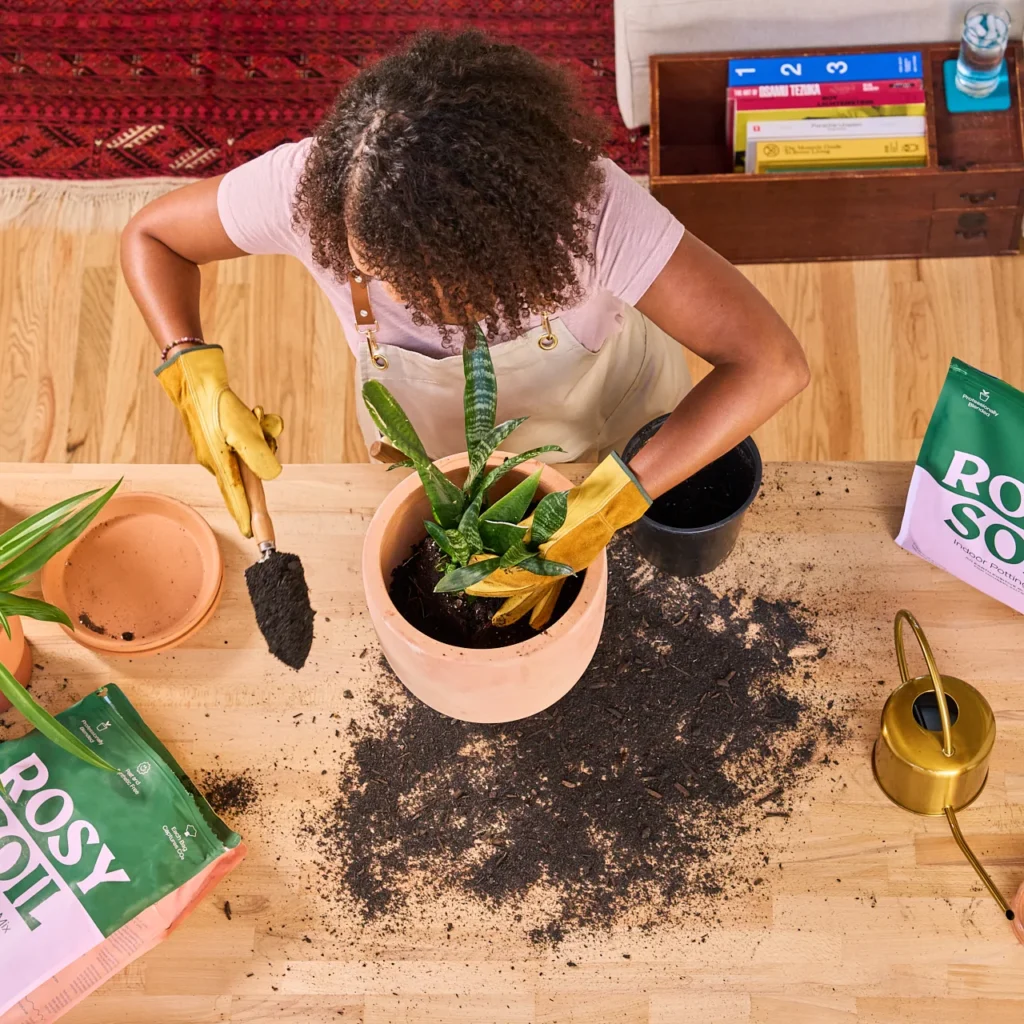Snake plants (Dracaena trifasciata, formerly Sansevieria) are famous for their upright sword-like leaves, air-purifying qualities, and resilience. What makes them even more appealing to plant enthusiasts is how incredibly easy they are to propagate. If you’ve ever wondered whether it’s better to propagate your snake plant in water or soil, this guide will help you decide.
Both propagation methods have their perks, and your choice may depend on factors like personal preference, climate, patience level, and plant care style. In this detailed guide, we’ll break down both techniques step by step, comparing their advantages, drawbacks, and results so you can confidently multiply your snake plant collection.
Why Propagate Snake Plants?

Before we dive into the methods, let’s quickly recap why you might want to propagate your snake plants in the first place:
- Multiply your plant collection affordably
- Gift new plants to family and friends
- Rejuvenate older, overgrown, or damaged plants
- Experiment with propagation techniques and learn plant care skills
- Create stylish, low-maintenance green accents for your home or office
Propagating Snake Plants in Water: The Visual Delight
Water propagation is one of the easiest and most visually rewarding methods because you can watch the roots develop day by day. It’s a popular choice for beginners and those who enjoy seeing progress without disturbing soil.
What You’ll Need:
- Sharp, clean scissors or shears
- A healthy, mature snake plant leaf
- A glass jar or vase
- Clean, filtered or dechlorinated water
Step-by-Step Instructions:
- Select a healthy leaf: Choose a firm, green, disease-free leaf from the base of the plant.
- Cut the leaf: Use sharp scissors to cut the leaf at the base.
- Divide into sections (optional): Cut the leaf into 4–5 inch pieces. Make sure to note which end is the bottom — only the base will root.
- Let it dry: Allow the cuttings to air dry for a day to help prevent rot.
- Place in water: Submerge the cut end about 1 inch deep in clean water.
- Keep in indirect light: Avoid direct sun exposure. A bright spot with indirect light is ideal.
- Change water regularly: Replace the water every 3–5 days to prevent bacteria and algae.
- Wait for roots: Roots typically appear within 3–6 weeks, with pups forming in 2–3 months.
- Transfer to soil: Once roots reach about 1–2 inches long, move the cutting to a well-draining soil mix.
Pros of Water Propagation:
- Easy to monitor root growth
- Beginner-friendly
- Aesthetic and decorative while propagating
- Can use household glass jars or vases
Cons of Water Propagation:
- Risk of root rot if water isn’t changed regularly
- Water roots are weaker and may struggle initially when transplanted to soil
- Slower adaptation when moved from water to soil
Propagating Snake Plants in Soil: The No-Fuss Method

Soil propagation skips the water stage altogether, allowing cuttings to root directly in their final growing medium. This method reduces transplant shock and often results in stronger, sturdier root systems.
What You’ll Need:
- Healthy snake plant leaves
- Sharp, sterilized scissors
- Potting mix for succulents or cacti (fast-draining)
- Small pots with drainage holes
Step-by-Step Instructions:
- Choose a healthy leaf: Look for a firm, disease-free leaf.
- Cut the leaf: Use sharp scissors to cut it at the base.
- Divide into sections (optional): Similar to water propagation, cut the leaf into 4–5 inch sections.
- Allow cuts to callous: Air-dry the cuttings for 1–2 days.
- Plant the cuttings: Stick each piece, base side down, about 1–2 inches into slightly moist soil.
- Water sparingly: Keep the soil barely moist. Overwatering is the main cause of failure in soil propagation.
- Place in bright, indirect light: Avoid placing cuttings in direct sun.
- Wait for roots and pups: Roots form within 4–6 weeks, with new pups following in 2–3 months.
Pros of Soil Propagation:
- No need to transition from water to soil
- Stronger, soil-adapted root systems
- Less risk of rot from prolonged water exposure
- Suitable for those who prefer traditional potting
Cons of Soil Propagation:
- Progress is hidden beneath the soil
- Can take longer for visible growth
- Overwatering risks if soil isn’t well-draining
Water vs Soil Propagation: A Direct Comparison

| Feature | Water Propagation | Soil Propagation |
|---|---|---|
| Ease of Monitoring | Can see roots growing in water | Roots grow unseen beneath soil |
| Root Development Speed | 3–6 weeks for roots, slower acclimation in soil | 4–6 weeks for roots, already soil-adjusted |
| Ease of Method | Very beginner-friendly | Easy with minimal supplies |
| Transition Required | Yes, from water to soil | No transition needed |
| Root Strength | Initially weaker; takes time in soil | Stronger, adapted to soil from the start |
| Aesthetic Appeal | Decorative while propagating | Hidden but neat |
| Risk of Overwatering | Moderate (if water isn’t changed) | High if soil isn’t fast-draining or overwatered |
| Time to See Pups | 2–3 months | 2–3 months |
Ideal Conditions for Both Propagation Methods
Regardless of the method you choose, snake plant cuttings thrive under certain conditions:
- Light: Bright, indirect sunlight (avoid direct sun)
- Temperature: 65–85°F (18–29°C)
- Humidity: Average indoor humidity is fine
- Water: Sparing, as overwatering causes rot
- Soil (for soil method): Well-draining succulent or cactus mix
Common Propagation Issues (and Fixes)

- Rotting leaves: Caused by overwatering or failure to let cuttings dry. Always allow cut ends to callous before propagating.
- No root development: Often due to insufficient light or cool temperatures. Move cuttings to a brighter, warmer location.
- Algae growth (in water propagation): Replace water regularly and clean the container.
- Wilting or mushy cuttings (in soil propagation): Likely caused by poor drainage or excessive watering. Use fast-draining soil and water lightly.
How Long Does Propagation Take?

- Water propagation: 3–6 weeks for roots, 2–3 months for pups
- Soil propagation: 4–6 weeks for roots, 2–3 months for pups
- Division (alternative method): Instant new plants
Final Verdict: Which Propagation Method is Better?
Both water propagation and soil propagation have their advantages, and neither is inherently better — it depends on your preference.
- If you enjoy visually tracking root growth and having decorative jars around your home, water propagation is delightful.
- If you want sturdier plants with no need for transplanting later, soil propagation is practical and reliable.
Pro tip: Try both methods to see which one suits your space, patience, and plant care style best!
Final Thoughts
Snake plants are among the easiest houseplants to propagate, making them perfect for beginners and seasoned indoor gardeners alike. Whether you choose to propagate in water or soil, you’ll enjoy watching your plant family grow with minimal effort and maximum satisfaction.
Ready to multiply your snake plant collection? Pick your favorite method, gather your supplies, and get propagating today!





